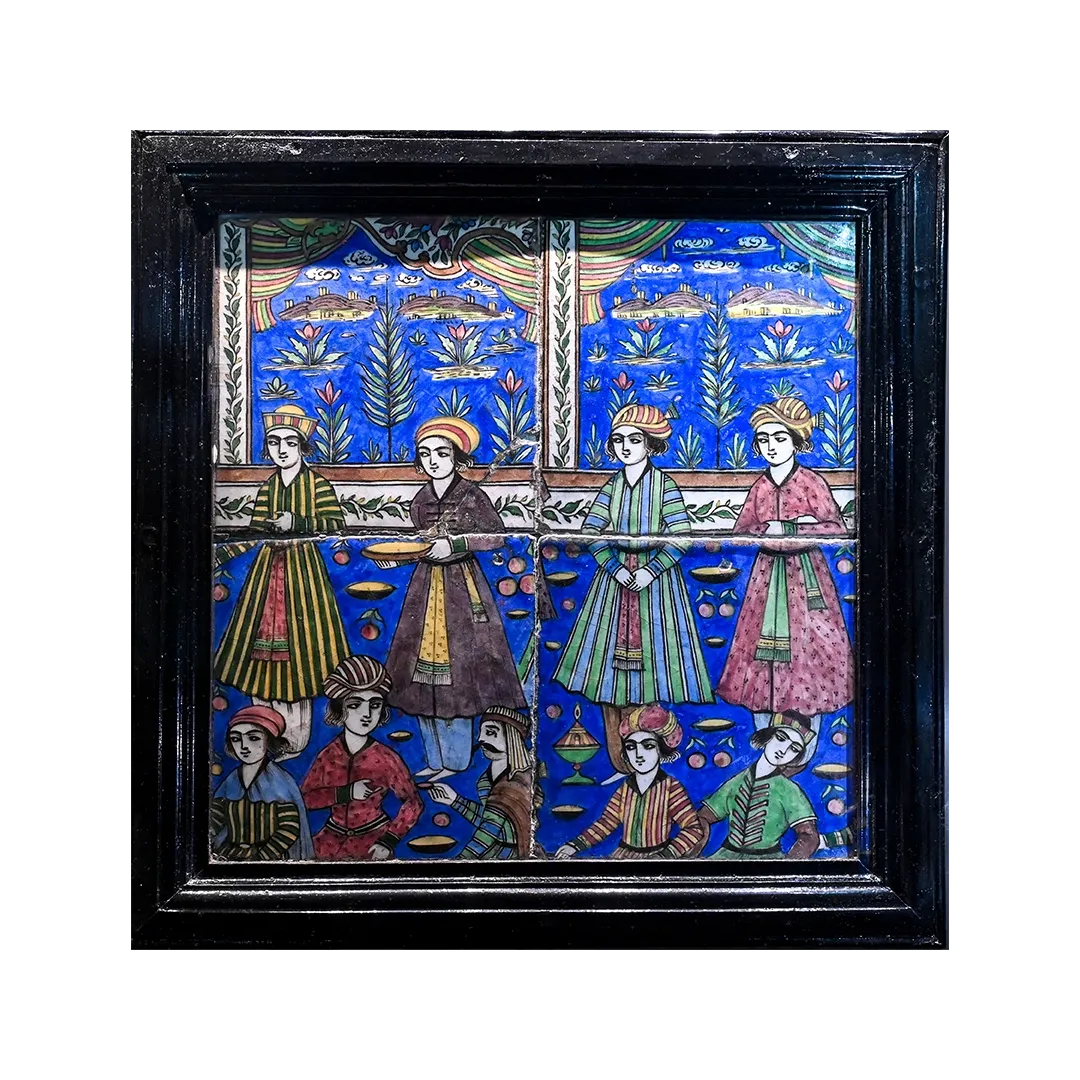

Dated around 17th to 18th Century CE this artefact is a brick tile decorated with the Persian style of painting. Persian tiles were a common decorative element of old houses in the city of Patna during this period. This particular tile has also been excavated from one such old house. Apart from this, there were 100 other similar painted tiles with floral bands or motifs that were found and are currently at the Patna Museum.
The Persian style of painting was introduced in India during the Mughal rule, when the second mighty emperor of the dynasty, Humayun, returned to India from his exile in Iran and brought with him a retinue of Iranian artists and scholars. Persian art and culture were at the peak of sophistication during this period, and majorly influenced the development of a new and syncretic Mughal style of painting in India, which flourished for the next few generations. Since Bihar was an important region within the Mughal empire and remained under the Mughal rule until the Battle of Plassey in 1757, there exists a significant collection of Mughal and Persian artefacts at the museum.